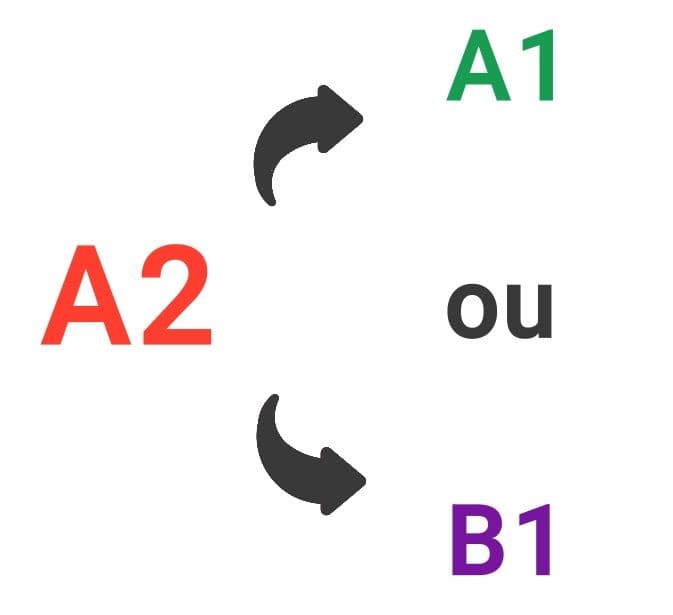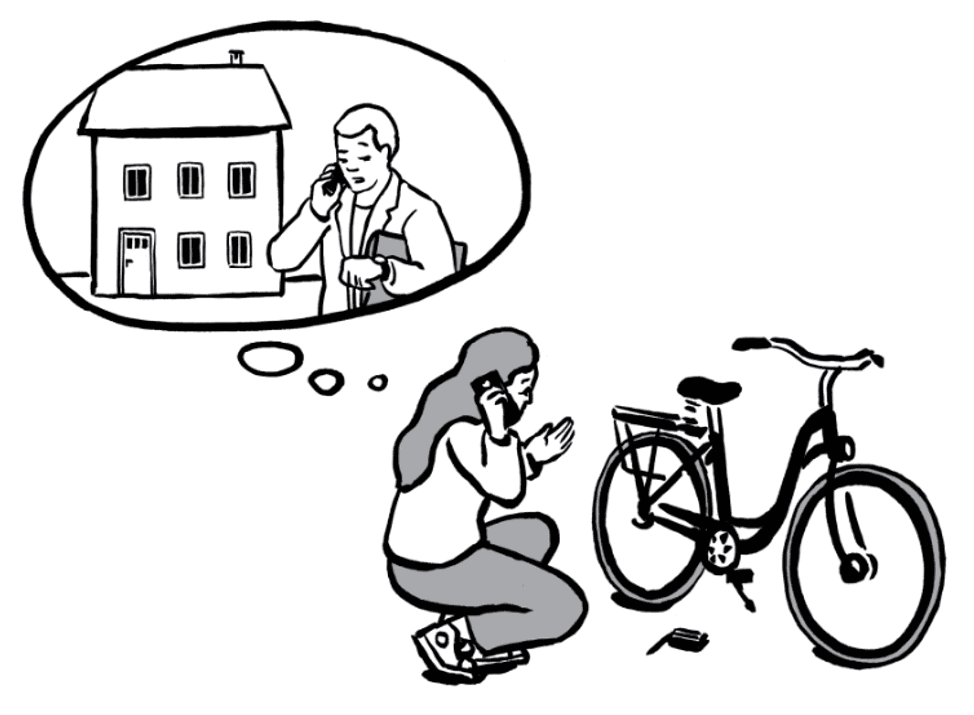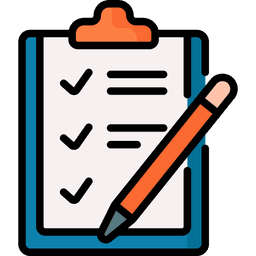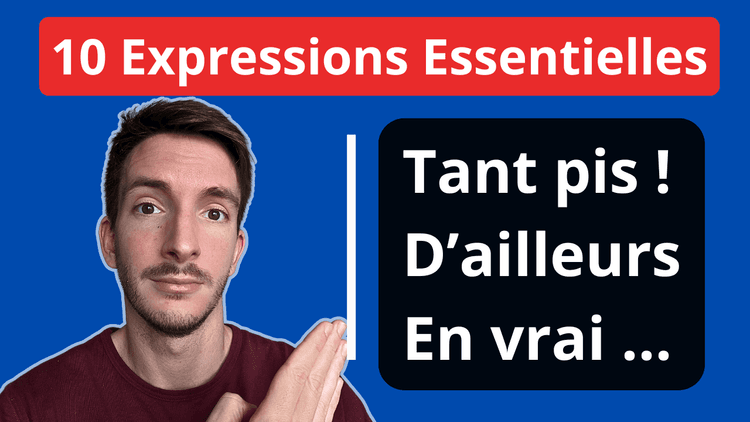2 - The FIDE Test: The Oral Part - Parler
October 18, 2024
10/18/2024
The FIDE exam is an essential step for obtaining a residence or settlement permit in Switzerland. Among the various sections, the "Speaking" part is the most important but also the most difficult of the exam. This article explains everything you need to know about the "Speaking" section of the FIDE exam, with clear strategies and practical advice to help you prepare effectively.
Structure of the "Speaking" Section
1. Duration and Organization of the Test
The "Speaking" section of the FIDE exam lasts between 15 and 20 minutes. Two levels are evaluated: A2, then A1 or B1, depending on the candidate's performance.

The test is conducted in the presence of two examiners: one leads the interview by asking questions, while the other observes and takes notes.
2. Level Assessment
The test begins directly with tasks at the A2 level. Based on the candidate's performance at this level, they may then be directed to A1 or B1 tasks. The initial decision is made by the examiners, but the candidate has the option to challenge it and request to move up to the B1 level if they wish. Going against the examiner's opinion is generally not recommended.
Tasks to Perform at the A2 Level
1. Task 1: Image Description

The first task involves describing an image that the examiner presents to you. You need to describe the people, the environment, and the visible actions in the image.
For example, if the theme is "appartement", you might have to describe a scene between a real estate agent and a potential tenant, specifying where the people are, what they are doing, and the problematic situation they are facing.
This task tests your ability to express clear ideas and use appropriate vocabulary.
2. Task 2: Role Play - Telephone Conversation
The second task is a role play. The examiner gives you a real-life situation, such as canceling or rescheduling an appointment.
For example, you might imagine that you have an appointment to visit an apartment, but you had a problem with your bike. You would then call the building management to explain the situation and find a solution.
This task assesses your ability to interact in a common situation, clearly express a problem, and propose a solution.
3. Task 3: General Questions
The third task involves answering general questions on a given theme. For the theme "appartement", the examiner might ask you questions like:
"Qu’est-ce qui est important pour vous dans un appartement ?"
"Comment avez-vous fait pour chercher un appartement ?"
This part aims to assess your ability to express your preferences, describe personal experiences, and talk about a process or explain a procedure in Switzerland.
Moving from A2 to B1 Level
If you succeed in the A2 tasks, you will be directed to the B1 level. The B1 level is an additional step that allows you to demonstrate more advanced skills in French.
Tasks at the B1 Level
- Choosing Between Two Themes: The examiner presents you with two themes, for example, "Formation continue" or "Fête". You choose the theme you prefer and answer questions related to it.
- Questions on the Chosen Theme: The questions often include details about a personal experience, describing the pros and cons of a situation, or reflections on a hypothetical situation, often using the conditional tense.
"Quelle fête aimeriez-vous voir exister en Suisse ?"
Skills Assessed and Preparation Tips
Skills Required for A2 Level
- Describing People, Situations, and Actions: It's essential to know how to describe what you see and identify a problematic situation.
- Telephone Interaction: You should know how to schedule, cancel, or reschedule an appointment.
- Expressing Preferences and Personal Experiences: You need to be able to talk about your habits or tell a story about a past event.
Skills Required for B1 Level
- Describing an Experience Using the Past Tense: The B1 level questions often require recounting past experiences.
- Discussing Pros and Cons: You should be able to develop a thought about the advantages and disadvantages of certain situations.
- Using the Conditional Tense: It is common to have to answer a hypothetical question using the conditional tense, showing your ability to express wishes or hypotheses.

Preparation Tips
- Practice with a Teacher: It is highly recommended to practice with a teacher. This helps improve your ability to describe images, simulate real-life situations, and respond confidently to questions.
- Master the A2 Level Tasks: The A2 level represents a significant part of the overall oral exam score. Succeeding in the tasks at this level is essential for obtaining a good score and having the chance to move up to B1.
To sum up

- The speaking test lasts around 15-20 minutes and assesses two levels (A2, then A1 or B1 depending on performance).
- The level choice will be the same for the listening part.
- The A2 test includes: image description, role play, and general questions on a theme.
- A2 skills: describing situations, managing appointments, talking about personal experiences.
- If A2 is successful, the participant moves on to B1.
- The B1 test allows choosing a topic and answering questions, with skills such as discussing pros/cons or using the conditional.
- The speaking part represents two-thirds of the oral evaluation.
- Preparing with a teacher is highly recommended.
Prepare yourself, practice regularly, and approach this exam with confidence — you have all the tools you need to succeed!
So don’t wait any longer, start your preparation for free, benefit from a tailored preparation, and receive all the necessary documents to best prepare for the exam.
Don't wait any longer and give yourself the best chance to pass the FIDE test!
For more information on the oral part ("comprendre") of the exam, we invite you to consult the following article

Get Your Free Study Plan
Latest posts
Browse all posts
Subscribe to our newsletter
Stay informed and get a free video

